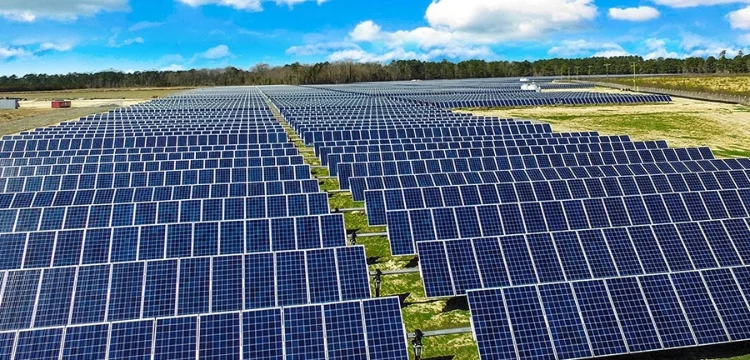India’s solar power generation showed its slowest growth in six years during the first half of 2024, based on data from the federal grid regulator. Despite efforts to expand renewable energy sources, solar power production increased modestly compared to previous years. In the first half of 2024, solar generation reached 63.6 billion kilowatt-hours (kWh), marking a 14.7% rise from the same period last year, yet this growth rate represents a slowdown from the 18.5% seen throughout 2023.
Conversely, electricity generated from coal grew by 10.4% during the same period, outpacing overall power generation growth of 9.7%. This trend highlights India’s ongoing reliance on coal to meet its escalating energy demands. The share of coal in India’s total power output increased to 77.1% in the first half of 2024, up from 76.6% in the previous year, marking the fourth consecutive year of rising dependence on coal-fired power.
Read More: Australia is keen to host a bilateral series between India and Pakistan
Looking ahead, India expects robust growth in total electricity generation for the fiscal year ending March 2025, driven primarily by an anticipated 8.9% increase in coal-fired power output. Renewable energy growth is forecasted at 8.2%, with expectations that installations will accelerate in the coming years due to increased tendering and commissioning of green energy projects.
This energy consumption pattern mirrors trends in neighboring countries such as Indonesia, Philippines, Vietnam, and Bangladesh, where coal remains a predominant source of affordable electricity despite global commitments to reduce reliance on fossil fuels. Analysts foresee a stronger uptake of renewable energy installations in the next fiscal year, reflecting India’s ongoing efforts to balance energy security, economic growth, and environmental sustainability in its energy policy landscape.











